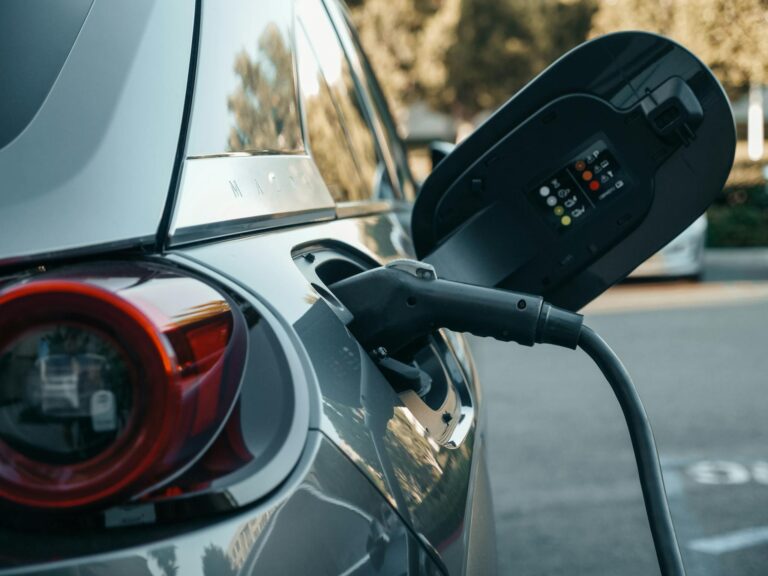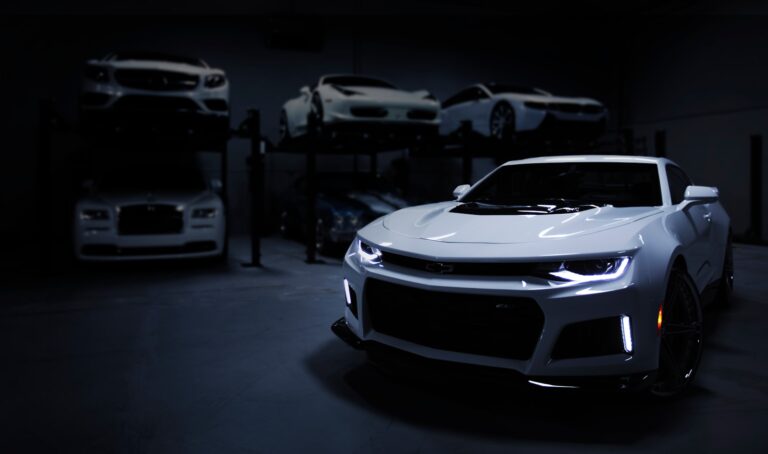Hidden Costs of EV Ownership: The Complete Financial Picture
Making the switch to an electric vehicle represents more than just swapping gas stations for charging ports – it’s a fundamental shift in how we think about transportation costs. While EVs promise lower operating expenses and environmental benefits, potential owners should carefully consider the less obvious financial commitments that come with electric vehicle ownership. From…









